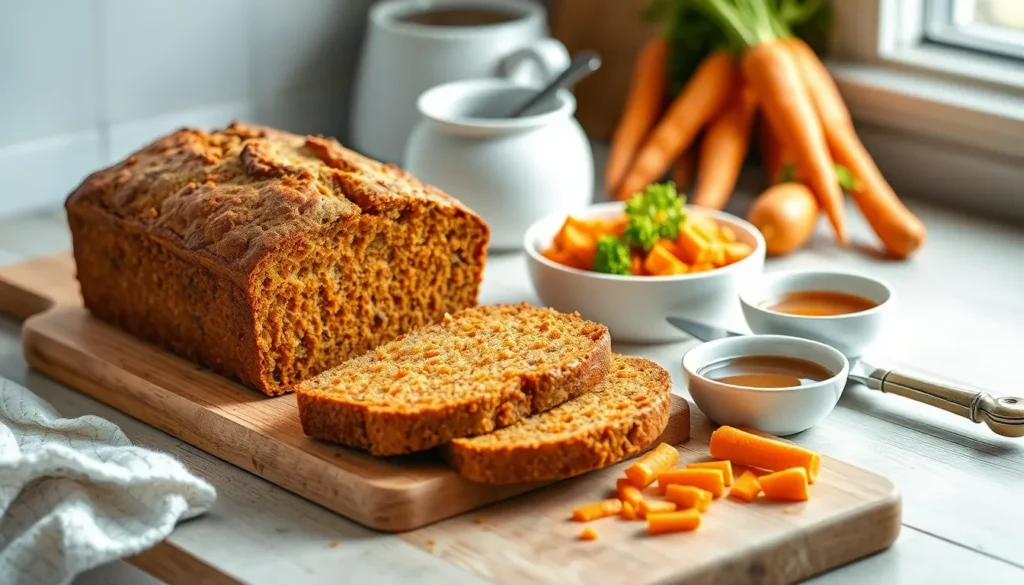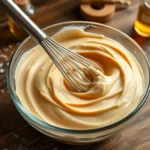We’ve discovered the perfect way to transform humble carrots into something absolutely extraordinary. This carrot bread combines the natural sweetness of fresh carrots with warm spices to create a moist and flavorful loaf that’ll have your kitchen smelling like pure comfort.
Unlike its famous cousin carrot cake, this bread offers a lighter texture while still delivering that beloved carrot flavor we all crave. The grated carrots add incredible moisture and a subtle sweetness that makes every slice irresistible. Whether you’re looking for a healthier breakfast option or a delightful afternoon treat, this recipe checks all the boxes.
Ingredients
We’ve carefully selected each ingredient to create the perfect balance of moisture, sweetness, and warm spice flavors in our carrot bread. Our ingredient list is organized by category to make preparation easier and ensure you don’t miss any essential components.
Dry Ingredients
- 2 cups all-purpose flour
- 1 teaspoon baking soda
- 1 teaspoon ground cinnamon
- 1/2 teaspoon ground nutmeg
- 1/4 teaspoon ground ginger
- 1/2 teaspoon salt
- 1/4 teaspoon ground cloves
Wet Ingredients
- 1 cup granulated sugar
- 1/2 cup packed light brown sugar
- 3/4 cup vegetable oil
- 3 large eggs at room temperature
- 1/4 cup unsweetened applesauce
- 2 teaspoons vanilla extract
- 2 cups freshly grated carrots (about 4 medium carrots)
Mix-ins and Toppings
- 1/2 cup chopped walnuts (optional)
- 1/3 cup golden raisins (optional)
- 2 tablespoons turbinado sugar for sprinkling on top
- 1 tablespoon rolled oats for topping texture
Equipment and Tools
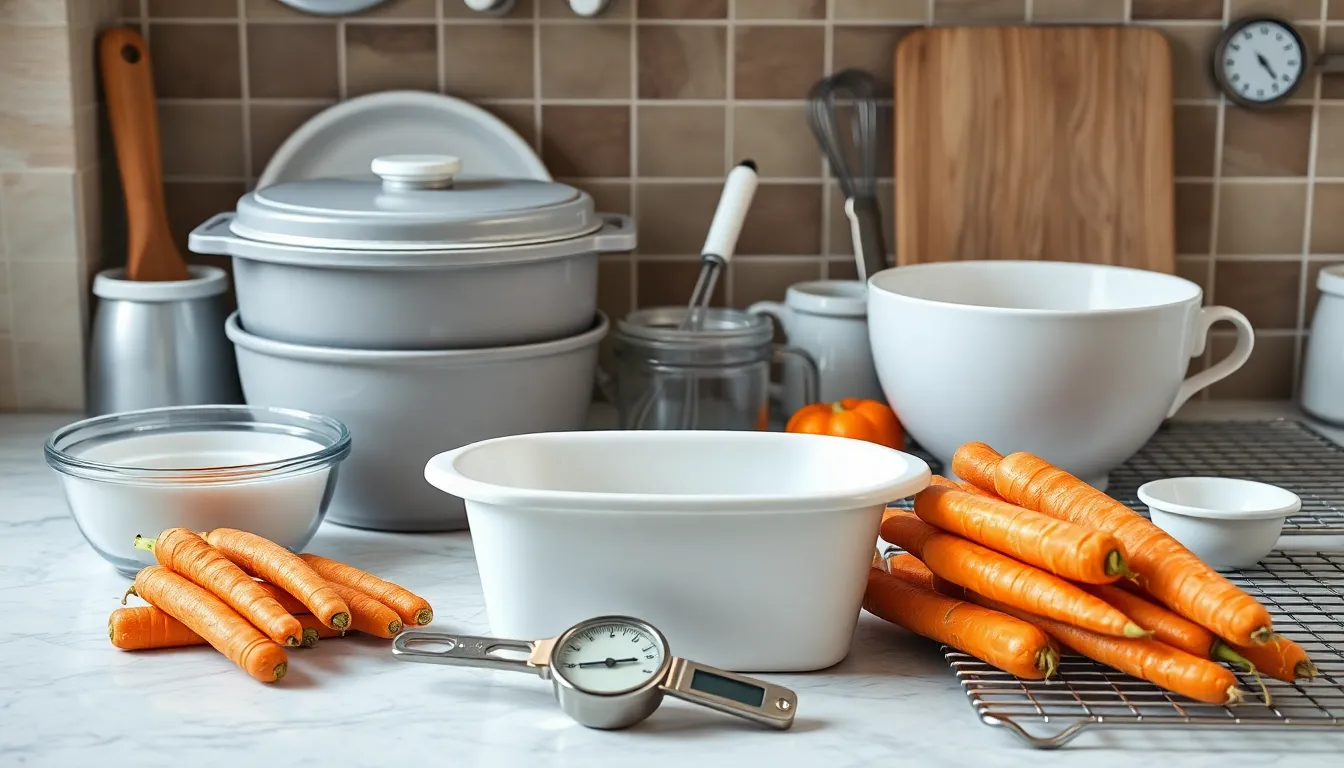
Creating this deliciously moist carrot bread requires exact baking equipment to achieve the perfect texture and flavor. We’ve compiled a comprehensive list of essential and optional tools that will help you bake with confidence.
Essential Baking Equipment
The foundation of successful carrot bread begins with having the right tools at your disposal. A 9×5 loaf pan serves as our primary baking vessel, providing the ideal shape and size for achieving an evenly baked loaf. This exact pan dimension ensures proper heat distribution throughout the bread.
Large mixing bowls become crucial for combining our wet and dry ingredients separately before bringing them together. We recommend having at least two bowls to maintain proper mixing technique. Measuring cups and spoons guarantee accuracy in our ingredient ratios, which directly impacts the bread’s final texture and taste.
A reliable whisk helps us thoroughly combine dry ingredients like flour, baking soda, and our warm spice blend. Parchment paper or non-stick spray prevents our precious loaf from sticking to the pan, ensuring clean removal after baking.
Temperature control proves essential for carrot bread success. An oven thermometer confirms our oven reaches the required 350°F, eliminating guesswork from the baking process. A cooling rack allows proper air circulation around our finished loaf, preventing soggy bottoms while maintaining the bread’s structural integrity.
Helpful Optional Tools
Several additional tools can streamline your carrot bread preparation process. A food processor or box grater efficiently transforms fresh carrots into perfectly shredded pieces that distribute evenly throughout the batter. Manual grating works perfectly fine, though these tools save considerable time and effort.
A stand mixer proves valuable when preparing larger batches or when you prefer hands-free mixing. An offset spatula excels at scraping bowl sides clean and gently folding ingredients together without overmixing the batter.
| Equipment Category | Essential Items | Optional Items |
|---|---|---|
| Mixing Tools | Large bowls, whisk, measuring cups | Stand mixer, offset spatula |
| Baking Equipment | 9×5 loaf pan, parchment paper | Food processor, box grater |
| Temperature Control | Oven thermometer, cooling rack | None |
Having these tools ready before we begin ensures a smooth baking experience and helps us achieve the perfectly moist and flavorful carrot bread that makes this recipe so special.
Instructions

Follow these step-by-step instructions to create our perfectly moist and flavorful carrot bread. Each stage builds upon the previous to ensure optimal texture and taste.
Prep the Pan and Oven
Position your oven rack in the center and preheat to 350°F (177°C). Grease your 9×5-inch loaf pan thoroughly with butter or cooking spray. Line the pan with parchment paper, leaving a 2-inch overhang on the long sides for easy removal later. This preparation ensures even baking and prevents sticking.
Prepare the Carrots
Wash and scrub 3-4 medium carrots under cold running water. Peel the carrots using a vegetable peeler for the smoothest texture. Grate the carrots using the coarse side of a box grater or food processor until you have 1½ cups of shredded carrots. Set the grated carrots aside in a small bowl.
Mix the Dry Ingredients
Combine 1¾ cups all-purpose flour, 1 teaspoon baking soda, 1 teaspoon ground cinnamon, ½ teaspoon ground nutmeg, ¼ teaspoon ground ginger, and ½ teaspoon salt in a medium bowl. Whisk the ingredients together until evenly distributed. This dry mixture forms the foundation for our bread’s structure and warm spice profile.
Combine Wet Ingredients
Beat together ¾ cup granulated sugar, ½ cup packed brown sugar, and ½ cup vegetable oil in a large mixing bowl. Add 2 large eggs one at a time, beating well after each addition. Pour in ¼ cup unsweetened applesauce and 1 teaspoon vanilla extract. Mix until the wet ingredients are fully incorporated and smooth.
Combine Wet and Dry Mixtures
Add the dry ingredient mixture to the wet ingredients gradually. Stir gently with a wooden spoon or rubber spatula until just combined. Avoid overmixing as this creates a dense, tough texture. Small lumps in the batter are perfectly normal at this stage.
Add Carrots and Mix-ins
Fold the 1½ cups of grated carrots into the batter using gentle folding motions. Add ½ cup chopped walnuts and ⅓ cup golden raisins if using. Distribute the carrots and mix-ins evenly throughout the batter without overworking the mixture.
Bake the Carrot Bread
Pour the batter into your prepared loaf pan and smooth the top with an offset spatula. Sprinkle the surface with 1 tablespoon turbinado sugar and 2 tablespoons rolled oats for added texture. Bake for 55-65 minutes, or until a toothpick inserted into the center comes out clean or with just a few moist crumbs.
Cool and Remove from Pan
Allow the bread to cool in the pan for 15 minutes after removing from the oven. Use the parchment paper overhang to lift the loaf onto a wire cooling rack. Let the carrot bread cool completely before slicing, approximately 1 hour. This cooling period allows the texture to set properly for clean slices.
Storage and Make-Ahead Tips
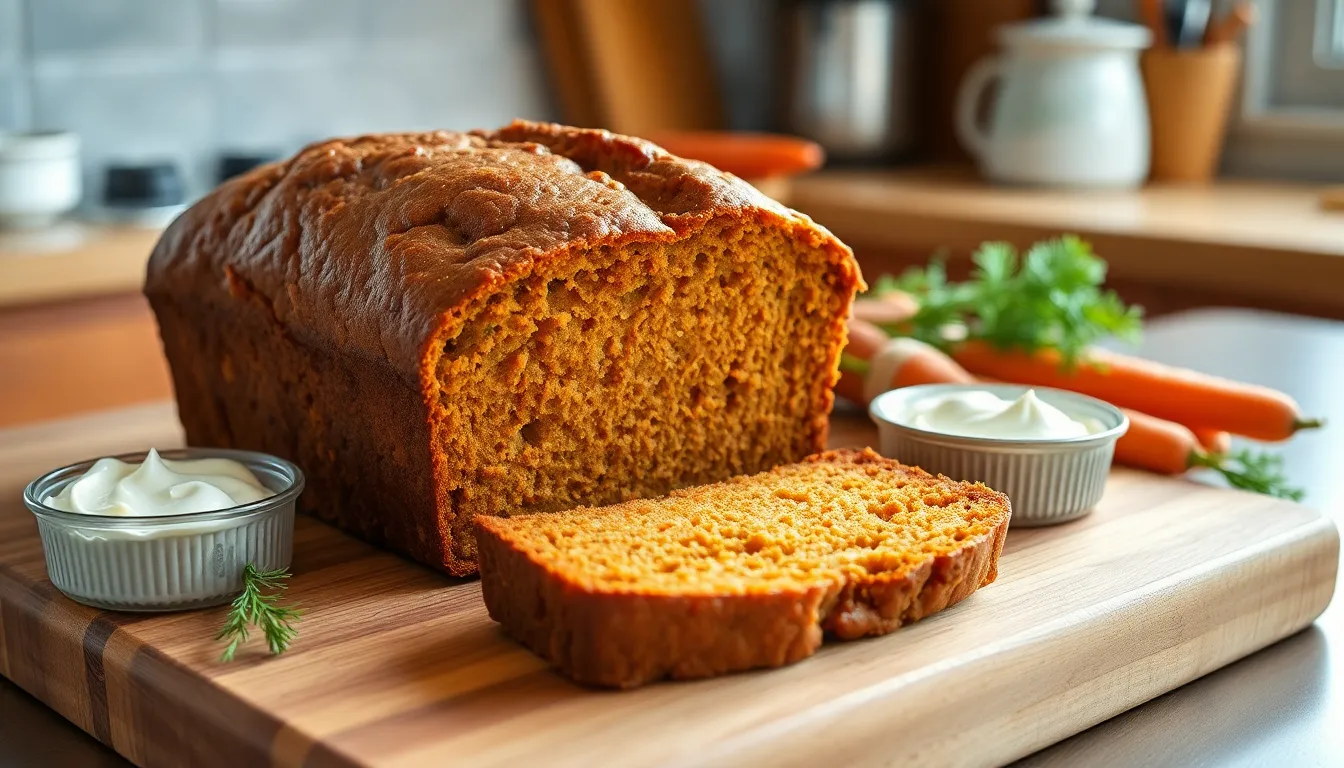
Our freshly baked carrot bread deserves proper storage to maintain its incredible moisture and flavor. We can prepare this delicious loaf ahead of time and store it using several effective methods.
Storing Baked Carrot Bread
We recommend storing our carrot bread in an airtight container or zippered bag at room temperature for up to a week. Adding a slice of regular bread to the container helps absorb excess moisture and keeps our carrot bread perfectly fresh.
For longer storage, we can refrigerate the bread for up to 10 days. This method works perfectly when we plan to enjoy the bread within a couple of weeks. The refrigerator storage maintains the bread’s moisture while extending its shelf life significantly.
If we prefer a crispy crust on our carrot bread, we can store it cut side down on a cutting board uncovered. This technique allows the crust to maintain its delightful texture while keeping the interior moist.
Freezing Instructions
We start freezing our carrot bread by ensuring it has cooled completely to room temperature. Next, we wrap the bread tightly in plastic wrap or cling film, then cover it with aluminum foil for extra protection. Writing the date on the outside helps us track storage time effectively.
Our properly wrapped carrot bread can be stored in the freezer for 1 to 3 months, depending on our wrapping method and bread type. We place the wrapped loaf in the freezer where it maintains its quality and flavor throughout the storage period.
| Storage Method | Duration | Temperature |
|---|---|---|
| Room Temperature | Up to 1 week | Normal room temp |
| Refrigerator | Up to 10 days | 35-40°F |
| Freezer | 1-3 months | 0°F or below |
When we’re ready to enjoy our frozen carrot bread, we thaw it at room temperature for 4 to 6 hours. Alternatively, we can thaw it overnight in the refrigerator for a more gradual process. This make ahead approach works especially well during holidays when we want to prepare our baking in advance.
Serving Suggestions
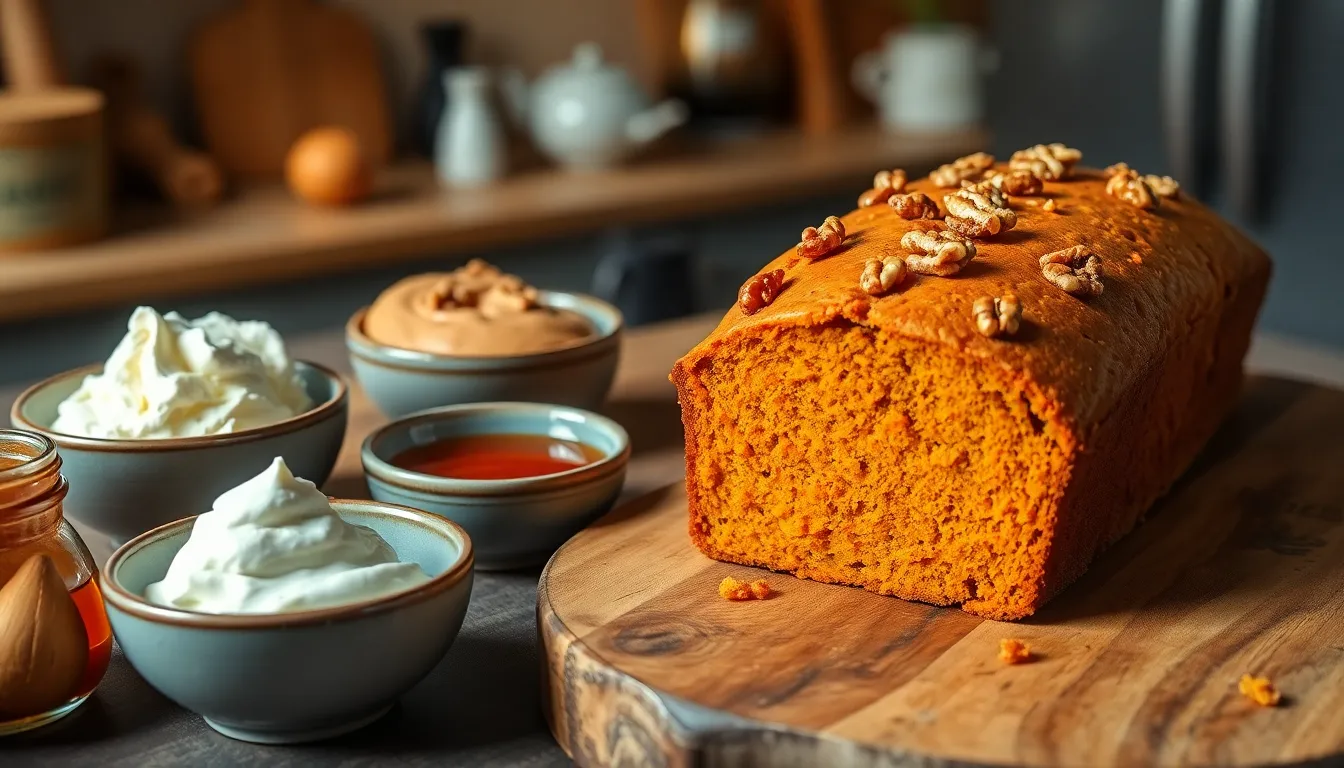
Our freshly baked carrot bread offers endless possibilities for enjoying this moist and flavorful treat. We love serving it plain as a simple breakfast or afternoon snack when we want to appreciate the natural sweetness of the carrots and warm spices.
Classic Spread Options
We recommend improving each slice with rich spreads that complement the bread’s natural flavors. Cream cheese creates a delightful contrast with its tangy richness against the spiced sweetness. Almond butter adds protein and nutty depth while coconut butter provides tropical notes that pair beautifully with the cinnamon and ginger.
Sweet Enhancement Ideas
For those who prefer extra sweetness, we suggest drizzling honey or pure maple syrup over warm slices. A glaze made from coconut butter transforms ordinary carrot bread into a dessert-like experience. We also enjoy serving it with a dollop of coconut yogurt for a dairy-free option that adds creamy texture.
Unexpected Savory Pairings
We’ve discovered that salty crème fraîche creates an intriguing flavor combination that elevates carrot bread to gourmet status. This unexpected pairing balances the sweetness while adding sophisticated richness.
Texture and Crunch Additions
Our carrot bread becomes even more satisfying when we incorporate textural elements. Toasted walnuts and pecans provide satisfying crunch while golden raisins add bursts of concentrated sweetness. For nut-free versions, we recommend sprinkling pepitas or sunflower seeds on top for added crunch and nutritional value.
Storage Guidelines
| Storage Method | Duration | Instructions |
|---|---|---|
| Room Temperature | Up to 3 days | Wrap tightly in plastic wrap or store in airtight container |
| Refrigerated | Up to 1 week | Store in airtight container |
| Frozen | Up to 3 months | Wrap tightly in plastic wrap and aluminum foil |
We always ensure our carrot bread maintains its moisture by following proper storage techniques. Room temperature storage works perfectly for quick consumption while refrigeration extends freshness for longer enjoyment. Freezing allows us to prepare batches ahead for special occasions or unexpected guests.
Recipe Variations
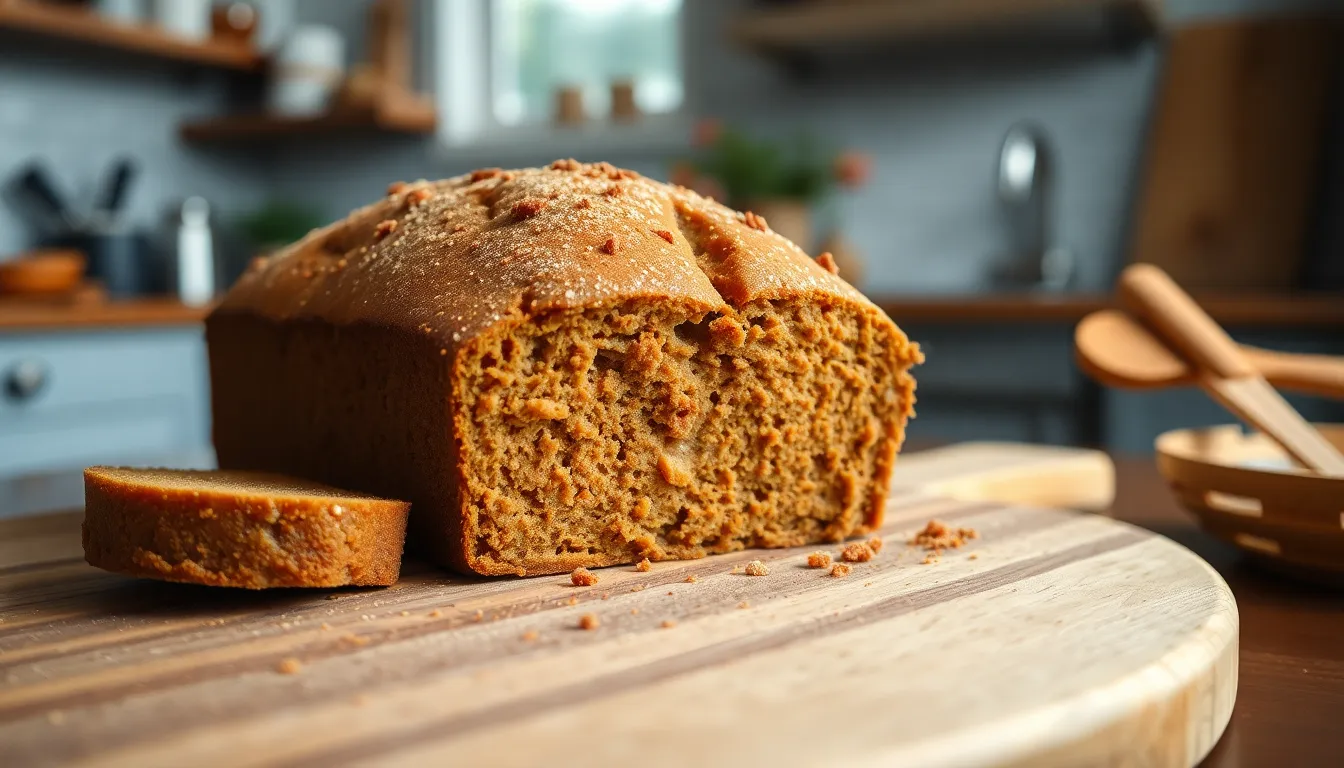
Our basic carrot bread recipe serves as the perfect foundation for creative adaptations that suit different taste preferences and dietary needs. These variations maintain the signature moist texture while adding unique flavors and accommodating various requirements.
Carrot Spice Bread
This aromatic variation transforms our base recipe into a warming, spice-forward experience that fills your kitchen with irresistible scents. We combine the dry ingredients—flour, baking soda, baking powder—with an enhanced spice blend featuring cinnamon, ginger, nutmeg, and sometimes cardamom for deeper complexity.
The wet ingredients follow our standard method of mixing eggs, oil, and brown sugar before incorporating the grated carrots. Adding diced apples or other fruits provides additional moisture and complementary flavors that pair beautifully with the warm spices. We recommend increasing the cinnamon to 2 teaspoons and adding 1/2 teaspoon each of ginger and nutmeg for maximum impact.
| Spice Enhancement | Amount | Purpose |
|---|---|---|
| Cinnamon | 2 teaspoons | Primary warm spice |
| Ginger | 1/2 teaspoon | Adds warmth and depth |
| Nutmeg | 1/2 teaspoon | Enhances overall spice profile |
| Cardamom | 1/4 teaspoon | Optional exotic note |
Carrot Walnut Bread
Adding toasted walnuts elevates our carrot bread with delightful texture contrast and rich, nutty flavors. We always toast the walnuts first in a 350°F oven for 8-10 minutes to maintain their crunch and intensify their flavor throughout the baking process.
Our method remains consistent: combine dry and wet ingredients separately before folding them together. We gently fold in 3/4 cup of toasted walnuts during the final mixing stage to distribute them evenly without overmixing the batter. The nuts should be roughly chopped into 1/4-inch pieces for optimal texture in each bite.
Toasting the walnuts prevents them from becoming soggy during baking while adding a deeper, more complex nutty flavor that complements the sweet carrots perfectly. We suggest cooling the toasted nuts completely before adding them to prevent melting any butter or affecting the batter temperature.
Gluten-Free Carrot Bread
Our gluten-free adaptation maintains all the beloved characteristics of traditional carrot bread while accommodating dietary restrictions. We substitute our all-purpose flour with a high-quality gluten-free flour blend that includes rice flour, potato starch, and tapioca flour for optimal results.
The remaining ingredients—carrots, eggs, oil, sugar, and spices—remain unchanged from our original recipe. We add xanthan gum (1/2 teaspoon) if our chosen flour blend doesn’t include it, as this ingredient provides the binding properties normally supplied by gluten.
| Key Substitution | Original | Gluten-Free Alternative |
|---|---|---|
| Flour | 2 cups all-purpose | 2 cups gluten-free blend |
| Binding Agent | Gluten (natural) | 1/2 teaspoon xanthan gum |
| Baking Method | Standard | Same temperature and time |
We follow identical mixing and baking instructions, preheating our oven to 350°F and baking for the same 55-65 minutes until a toothpick inserted in the center comes out clean. The texture remains remarkably similar to our traditional version when using a quality flour blend.
Troubleshooting Tips
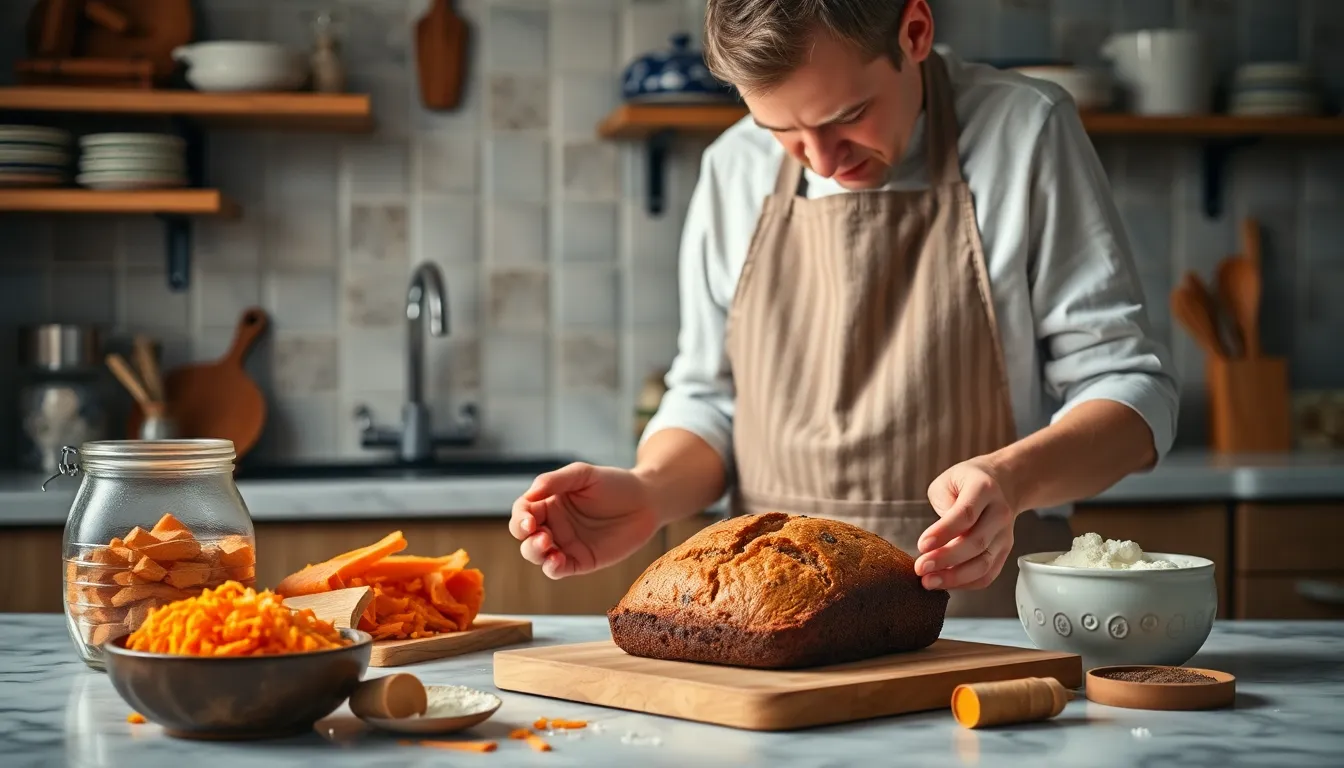
Even the most experienced bakers encounter challenges when making carrot bread. We’ve compiled the most common issues and their answers to help you achieve perfect results every time.
Dough Too Wet or Sticky
Carrots naturally add moisture to your bread dough, which can make it unexpectedly sticky. When we incorporate grated carrots into our recipe, we need to adjust the liquid content accordingly. Reduce your water by approximately 30g when using 60g of grated carrots to maintain proper hydration levels. This adjustment prevents the dough from becoming unmanageable and ensures proper texture development.
Weak Carrot Flavor
Carrot flavor can be surprisingly subtle in bread, especially when paired with strong spices. We recommend increasing the carrot quantity if you want more pronounced carrot taste. Choose sweeter carrot varieties or those with stronger flavor profiles for better results. Avoid overpowering adjuncts like coffee or excessive caraway seeds that can mask the delicate carrot notes.
Crumbly or Falling Apart Texture
Several factors contribute to structural issues in carrot bread. Too much whole wheat or rye flour reduces gluten formation, creating a crumbly texture. We suggest using adequate bread flour to provide proper structure and support. Insufficient kneading also weakens gluten development, so ensure thorough mixing. Overproofing breaks down the dough structure, so monitor your rising times carefully.
Uneven Rise During Baking
Surface tension plays a crucial role in achieving an even rise. When shaping your loaf, tuck and rotate the dough to create a taut skin on the surface. This technique helps the bread maintain its shape and rise uniformly during baking. Proper shaping prevents lopsided or misshapen loaves.
Excess Moisture Issues
Raw carrots release moisture during baking, which can create texture problems. We can precook carrots by boiling them briefly before adding to the dough. This method removes excess moisture and ensures even distribution throughout the bread. Keep in mind that cooking carrots may reduce their fresh flavor intensity.
| Issue | Cause | Solution |
|---|---|---|
| Sticky dough | Carrot moisture content | Reduce water by 30g per 60g carrots |
| Weak flavor | Subtle carrot taste | Increase carrot quantity or choose sweeter varieties |
| Crumbly texture | Insufficient gluten formation | Use more bread flour and knead thoroughly |
| Uneven rise | Poor surface tension | Shape with proper tucking and rotation |
| Excess moisture | Raw carrot water content | Precook carrots before adding to dough |
These troubleshooting strategies address the most common carrot bread challenges we encounter. Apply these answers systematically to identify and resolve exact issues in your baking process.
Conclusion
We’ve shared everything you need to create exceptional carrot bread that’s perfect for any occasion. This recipe delivers consistent results with its balance of moisture sweetness and warm spices while offering flexibility through various adaptations and serving options.
Whether you’re baking for breakfast meal prep or entertaining guests our detailed instructions and troubleshooting tips ensure success every time. The versatility of this bread makes it a valuable addition to your baking repertoire.
Now it’s time to gather your ingredients preheat that oven and experience the wonderful aroma of fresh carrot bread filling your kitchen. We’re confident you’ll love this comforting homemade treat as much as we do.
Frequently Asked Questions
What makes carrot bread different from carrot cake?
Carrot bread has a lighter, more bread-like texture compared to carrot cake. While both use grated carrots for moisture and sweetness, carrot bread is less dense and typically contains fewer rich ingredients like cream cheese frosting, making it perfect for breakfast or casual snacking.
How long does carrot bread stay fresh?
Carrot bread stays fresh for up to one week when stored in an airtight container at room temperature. For longer storage, refrigerate for up to 10 days or freeze for 1-3 months when wrapped tightly in plastic wrap and aluminum foil.
Can I make carrot bread gluten-free?
Yes, you can make gluten-free carrot bread by substituting all-purpose flour with a gluten-free flour blend and adding xanthan gum for binding. The recipe maintains its moist texture and delicious flavor while accommodating gluten-free dietary needs.
What’s the best way to grate carrots for carrot bread?
Use a box grater with medium-sized holes or a food processor with a grating attachment. Make sure to wash and peel the carrots first. Freshly grated carrots provide the best moisture and flavor compared to pre-packaged grated carrots.
Why is my carrot bread too crumbly?
Crumbly carrot bread usually results from overmixing the batter or insufficient moisture. Mix ingredients just until combined, and ensure you’re using enough wet ingredients like oil, eggs, and applesauce. Properly grated carrots also contribute essential moisture to the final texture.
What mix-ins work best in carrot bread?
Popular mix-ins include toasted walnuts, golden raisins, and pecans. These additions provide extra texture and flavor without overwhelming the carrot base. Add about ½ to ¾ cup of mix-ins, folding them gently into the batter just before baking.
How do I know when carrot bread is fully baked?
Insert a toothpick into the center of the loaf. It should come out clean or with just a few moist crumbs. The bread typically bakes for 55-65 minutes at 350°F, and the top should be golden brown and spring back when lightly touched.
Can I make carrot bread ahead of time?
Yes, carrot bread is excellent for make-ahead baking. You can prepare the batter and refrigerate it overnight, or bake the bread completely and store it properly. It actually improves in flavor after resting for a day, making it perfect for meal prep.

